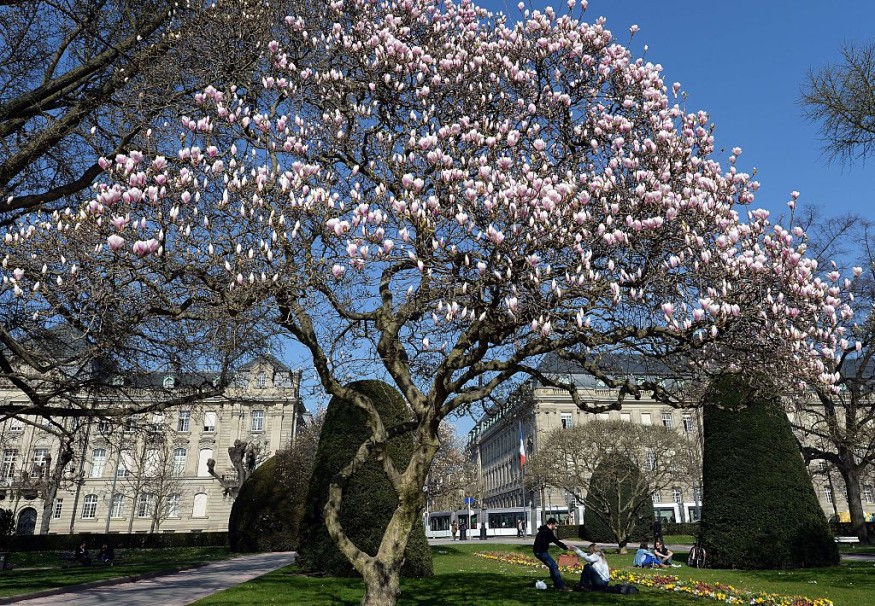
A study conducted on growing trees found in dozens of cities shed light to why some urban trees sprout leaves earlier than trees in more rural settings. It was believed that heat brought by climate change and light pollution in the cities trick trees in those areas to grow leaves a week to soon as the earliest.
"We are seeing warmer temperatures earlier in the season, and many plants and animals are responding by undertaking their springtime activity earlier in the year than they used to," said Theresa Crimmins, director of the USA National Phenology Network, in NPR podcast.
Lin Meng, a postdoctoral fellow at Lawrence Berkeley National Lab and her team studied the springtime observations of volunteers nationwide, along with more than a decade of satellite imagery of 85 cities across the U.S.
How Warm Weather or Bright Light Influence Tree Greening
The young scientist found that tree green-up happens on average 6 days earlier in urban areas compared to rural areas, as a response to city warming, and she found that artificial light pushed spring green-up by nine days in the most extreme cases.
"I found trees start to grow leaves and turn green six days earlier in cities compared to rural areas," said Meng. "I further found artificial light in cities acts as an extended daylight and cause earlier spring greening and later autumn leaf coloring."
Meng started getting aloof in this phenomenon in 2015 and grew interested when she went to see cherry blossoms in a park in Beijing. The blossoms had come in early, and then a snowstorm hit.
"What I saw on the next day was an almost complete loss of those emerging blossoms - flowers all over the ground. And that moment inspired me to think how warming environment with great fluctuation affect tree greening."
The study published in Science concludes as artificial light supplement day length, it adds to earlier spring greening in cities, and global warming adds more to the impact of earlier greening.
Tree Green-Up Real-World Implications
"Earlier spring greening, earlier pollen season, higher risk of pollen allergy for humans," Meng said.
This could confuse pollinators like bees, which are crucial to the ecosystem, and "cause a mismatch with the timing of pollinators that may affect insect development, survival and reproduction."
In addition, "Agriculture can be impacted to quite a great extent, things like cherries and almonds and peaches," Crimmins added. "Those flower buds - if they're hit by frost, they're killed. And then the tree is not able to put on another bunch of flowers. And so if you don't have flowers, you're not going to have fruit."
The research is a reminder of the ways our urban footprint echoes through the natural world, and how the environment changes in various ways.
"The annual transition from winter to spring is an exciting process to witness. As the trees begin to leaf out, nature not only reveals its beauty but also opens a window onto the complex and shifting rhythms of the environment that we inhabit," the team wrote.
© 2025 NatureWorldNews.com All rights reserved. Do not reproduce without permission.





